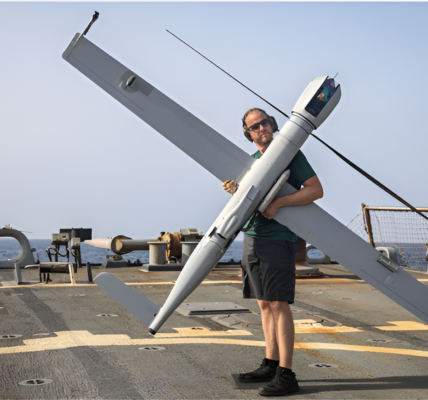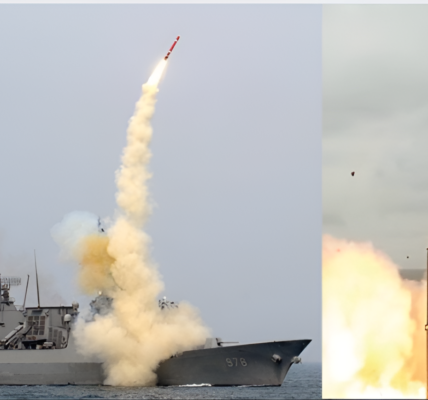
The dissolution of the Soviet Union in 1991 brought a swift and dramatic end to the USSR’s ambitious aircraft carrier program, leaving a legacy of incomplete projects, scrapped vessels, and dispersed technological innovations. The newly formed successor states, struggling with economic collapse, slashed defense budgets, resulting in the decommissioning or sale of most of the Soviet Navy’s carriers.
The Moskva-class helicopter carriers were among the first casualties, decommissioned in 1991 and 1996. The Kiev-class aircraft cruisers faced a similar fate, with three decommissioned by 1993 and the fourth leaving service in 1996. That ship later underwent significant modifications before being sold to India, where it was recommissioned as the INS Vikramaditya in 2013. India’s acquisition included the purchase of MiG-29K aircraft to operate from the carrier, further extending the Soviet carrier program’s influence abroad.
Of the three other decommissioned Kiev-class carriers, one was scrapped in South Korea, while two were sold to China. One of these now serves as a theme park and hotel, while the other has been preserved as a museum.
The Kuznetsov-Class Legacy
The Kuznetsov-class carriers marked a significant milestone in Soviet naval aviation. The first ship, completed in 1990, remains in service as Russia’s sole carrier, the Admiral Kuznetsov. The second hull, still incomplete at the time of the Soviet collapse, was sold by Ukraine to China. The Chinese Navy completed the vessel, commissioning it as the Liaoning in 2012. This 67,000-ton carrier became the foundation of China’s carrier program, with its design inspiring the development of China’s first indigenously built carrier, the Type 001A, launched in 2017.
China’s advancements were further bolstered by the expertise of former Soviet specialists, including Ukrainian engineers who contributed invaluable knowledge to China’s efforts. The Type 001A retains clear design parallels to the Kuznetsov class, optimized for a defensive role rather than projecting power globally.
Carrier-Based Fighter Innovations
The USSR’s carrier-based fighter development also left a lasting impact. The Yak-38 fighters, once operating from the Kiev-class carriers, were retired alongside the ships. Plans to replace them with the more advanced Yak-41 were scrapped in the early 1990s, although its cutting-edge vertical takeoff and landing (VTOL) technology reportedly found a second life in the U.S., influencing the design of the Lockheed Martin F-35B stealth fighter.
Russia and China may revive the VTOL concept for future helicopter carriers entering service in the 2020s. The Yak-41’s unfinished legacy could prove instrumental in developing next-generation naval aviation capabilities.
Meanwhile, the Su-33 and MiG-29K fighters became mainstays of carrier aviation. The heavier Su-33, originally intended for the USSR’s unrealized Ulyanovsk-class carriers, remains a formidable platform despite limitations imposed by the lack of catapult launch systems. China leveraged the design to create the J-15 carrier-based fighter, which closely resembles the Su-33 but incorporates upgraded avionics, sensors, and munitions.
The MiG-29K, on the other hand, has found a home with the Indian Navy, operating aboard both the INS Vikramaditya and the INS Vikrant.
The Unrealized Ulyanovsk-Class
The Ulyanovsk-class supercarrier program represented the USSR’s most ambitious attempt at achieving blue-water naval capabilities. Construction of the lead ship began in 1988 but halted at just 20% completion following the Soviet collapse. The project was soon scrapped, marking the end of Soviet aspirations for a supercarrier fleet.
Despite this setback, the Ulyanovsk design remains a valuable resource. Russia’s recent announcement of the SHTORM supercarrier project suggests that lessons from the Ulyanovsk-class program may yet find new life. However, with an economy far smaller than that of the USSR, Russia faces significant financial hurdles in pursuing such ambitions.
China, too, has expressed interest in developing supercarriers, potentially benefiting from the technological groundwork laid by Soviet engineers. As Russia and China deepen their defense partnership, the USSR’s legacy may continue to shape the future of naval power in East Asia.
The Soviet Union’s aircraft carrier program may have ended abruptly, but its influence endures. From repurposed warships in foreign navies to technological innovations driving modern carrier development, the program’s legacy highlights the enduring relevance of Soviet engineering and ambition.





